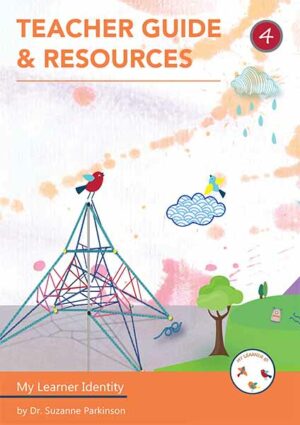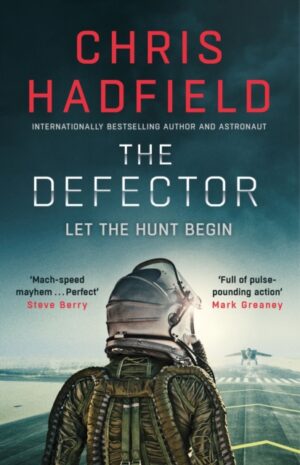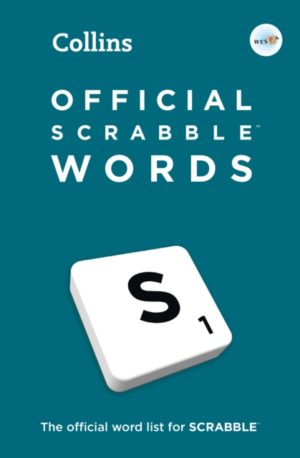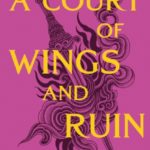
Categories
- 3 for 2
- Annuals
- Art & Photography
- Bestsellers
- Biography
- Business, Finance & Law
- Buy 3 for €12
- Buy One Get One Free
- Art, Craft & Stationery Supplies
- Children's Books
- Christmas
- Computing
- Diaries & Journals & Calendars
- Easter
- Education
- Fiction
- Food & Drink
- Games & Toys
- Gift Vouchers
- Graphic Novels
- Halloween
- Health & Lifestyle
- History
- Hobbies & Games
- Home & Garden
- Humour
- Jigsaws & Puzzles
- Mind, Body & Spirit
- Music & Stage & Screen
- Natural History & Pets
- Non-Book
- Poetry & Drama
- Politics, Philosophy & Religion
- Reference
- Reference & Languages
- School Books
- Science & Nature
- Scientific & Technical & Medical
- Sport
- Teen / Young Adult
- Travel
- Uncategorised
Close
Menu
- Shop
- Categories
- 3 for 2
- Annuals
- Art & Photgraphy
- Bestsellers
- Biography
- Business, Finance & Law
- Buy 3 for €12
- Buy One Get One Free
- Art, Craft & Stationery Supplies
- Children's Books
- Christmas
- Computing
- Diaries & Journals & Calendars
- Easter
- Education
- Fiction
- Food & Drink
- Games & Toys
- Gift Vouchers
- Graphic Novels
- Halloween
- Health & Lifestyle
- History
- Hobbies & Games
- Home & Garden
- Humour
- Jigsaws & Puzzles
- Mind, Body & Spirit
- Music, Stage & Screen
- Natural History & Pets
- Non-Book
- Poetry & Drama
- Politics, Philosophy & Religion
- Reference
- Reference & Languages
- School Books
- Science & Nature
- Scientific & Technical & Medical
- Sport
- Teen / Young Adult
- Travel
- Uncategorised
- My account
- My Bag
- Checkout
- Contact
Close




















